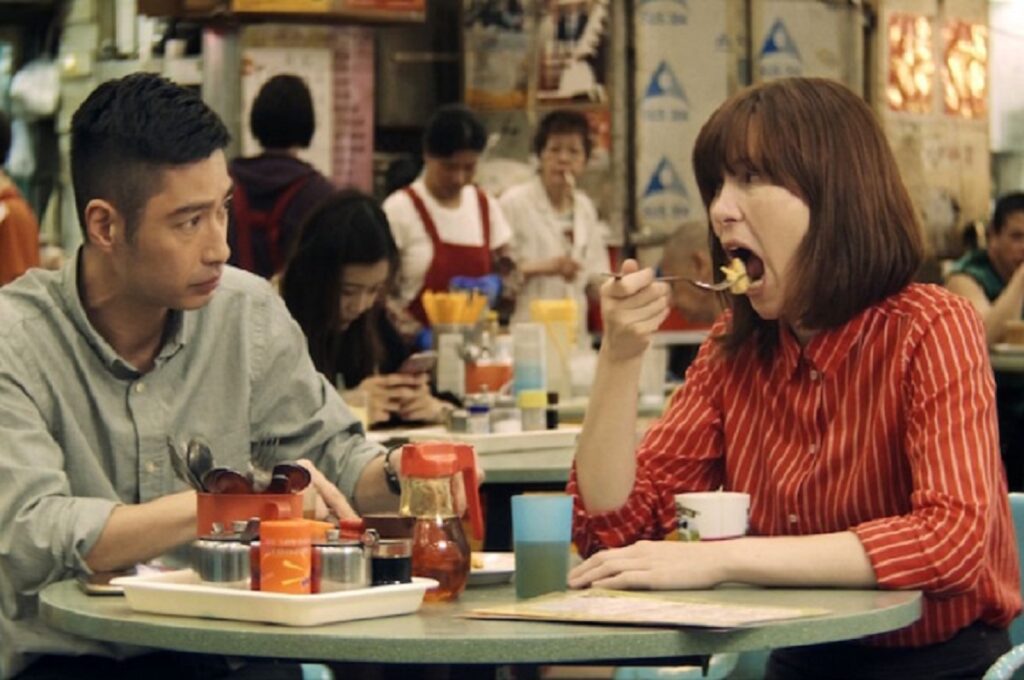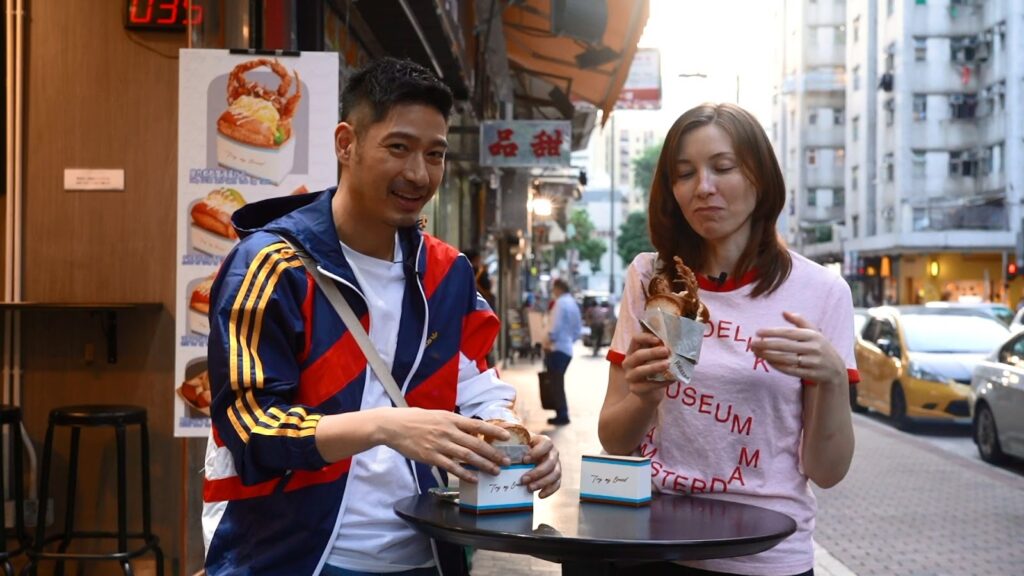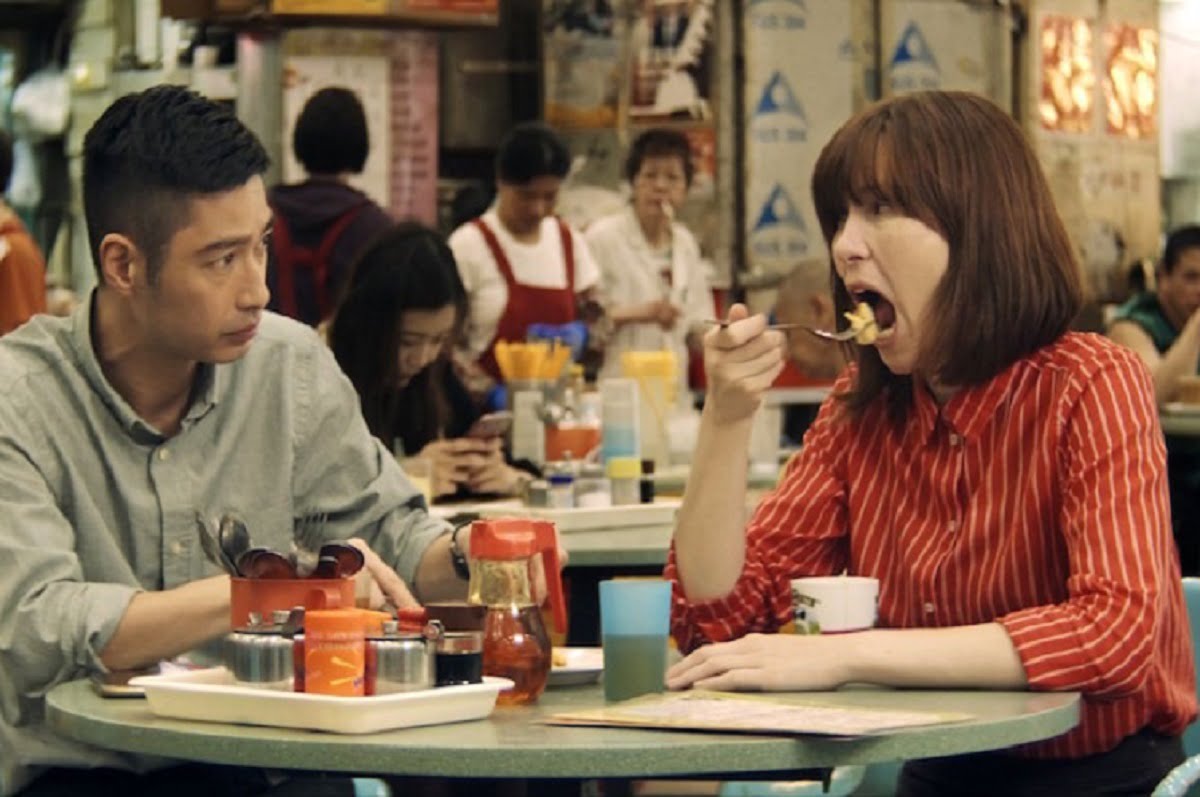
“Order a cup of yuenyueng, and reminisce the good old days.”
This line from “Letter”, a Cantonese song by Yoyo Sham, must ring a bell among many Hongkongers. Listening to this song as expats away from home, the messages on parting and nostalgia tear at our heartstrings even more.
The lyricist Chan Wing Him brings “Yuenyeung” into the song for its rhyming sound and tone with “Nostalgia” in Cantonese. But most importantly, yuenyeung has always been a popular beverage in Hong Kong food culture.
Leaving behind our hometown to settle in unfamiliar territories, we came to realise how a sip of authentic Yuenyeung can bring back heart-warming memories and feelings of home.
Yet, how much do we know about the story behind this traditional Hong Kong drink?
While it may be hard to trace the origins of yuenyeung – Hong Kong’s traditional beverage, some say that it was invented by hard labouring dockers.
In the early 19th century, British Hong Kong was transitioning from a small fishing village into a shipping port. Cranes were not common back then, so a lot of dockers were needed at piers to unload goods from ships. During their breaktime, the dockers would mix bitter and stimulating coffee with tea, producing a drink that quenches thirst, replenishes energy and keeps them awake. This coffee-and-tea beverage soon became popularly known as “yuenyeung”, and was deemed to be a drink representative of the grassroots.
Yuenyeung is normally three parts of coffee and seven parts of milk tea. Coffee and tea differ in their flavours, but mix well together. For this, yuenyeung is seen as a symbol of Hong Kong culture, which is a fusion of eastern and western influences.
For those of us starting over in a new country, it’s not easy to re-adapt to a new culture and way of living. But this is also an opportunity to re-examine and understand ourselves. May we all be able to live the spirit of yuenyeung: maintaining our individuality while integrating into our new lives in the UK.
「學懂怎麼思鄉,點一杯鴛鴦1,像從前快樂。」
小編上面引述,岑寧兒的《勿念》,相信大家都一定聽過。在異地聽這首有關思鄉和離別的作品,分外扣人心弦。
離鄉背井去到異地,大家才明白,原來「思鄉係要學習返嚟」,原來來到異鄉,喝上一口純正,地道的鴛鴦是如此困難。
作詞人陳詠謙用上「鴛鴦」一詞,一方面固然是求其聲韻平仄,但更重要的是,鴛鴦本身就是香港飲食文化的表表者。
然而,身為地道的香港人,關於鴛鴦的故事,大家又知多少?
鴛鴦實際發源已不可考,有一說法稱鴛鴦是由在碼頭工作的苦力發明。
19世紀初,英屬香港正從小漁村逐漸轉型為轉口港。當時起重機並不普及,故需要很多搬運工在碼頭從事勞力工作,為貨船裝卸貨物。搬運工會在小休時將味苦及帶有刺激性的咖啡混合茶水一起飲用,用以解除飢渴、補充體力及提神。後來,這種飲品逐漸變得普及,並成為能代表香港草根階層的飲料。
鴛鴦一般由七成咖啡及三成奶茶所混和製成。咖啡和奶茶口味雖然不同,卻能良好地混和一起。因此鴛鴦被視為香港文化的象徵,比喻中西文化的交融。
去到異國生活,要重新學習和適應當地的文化和風俗,決非易事。但這亦是個難得的契機,令我們得以重新了解,認清和拾回自己。在此,小編祝願大家能像象徵融和的鴛鴦一樣,保留自身的獨特之處,並好好融入英國新生活。

- 鴛鴦發音為「冤央」而非「煙央」
↩︎

